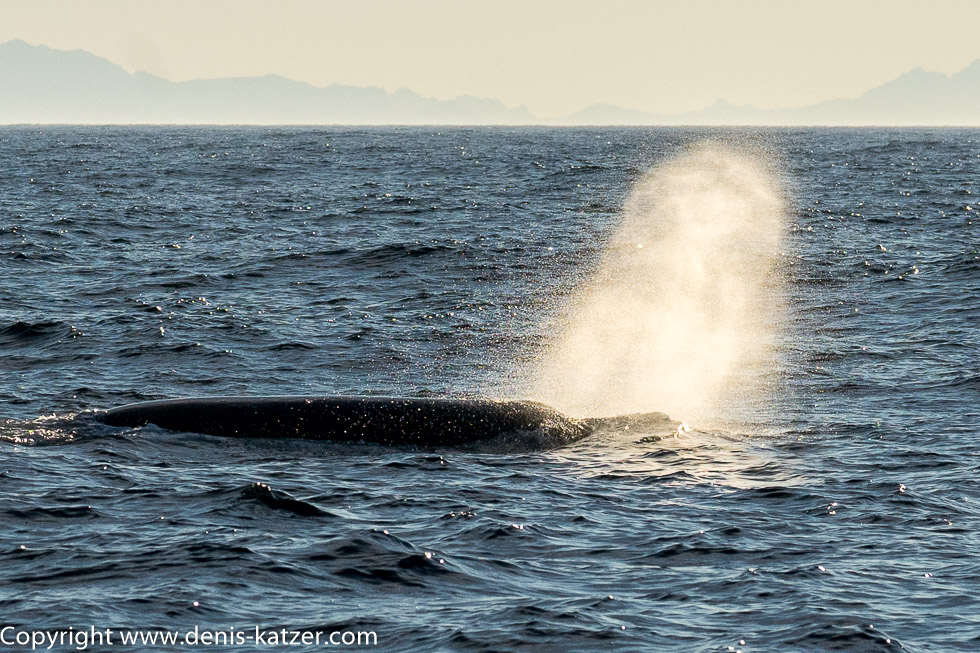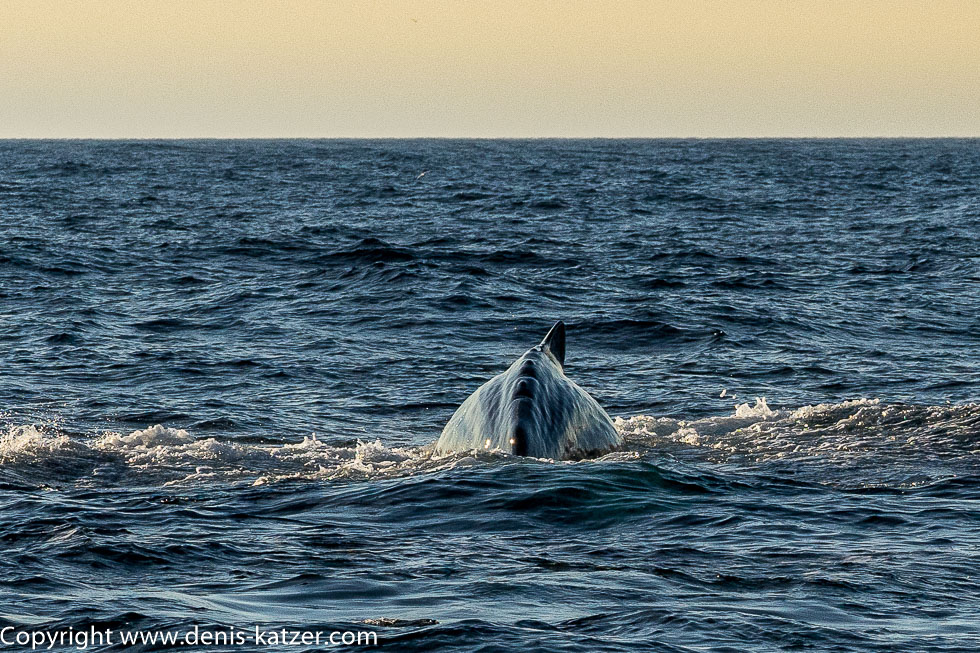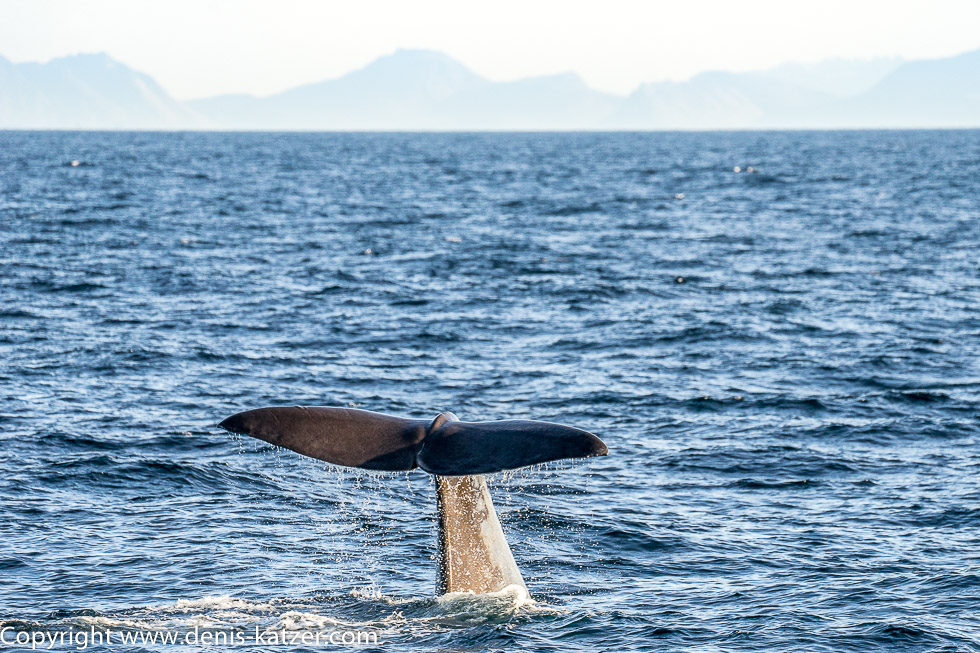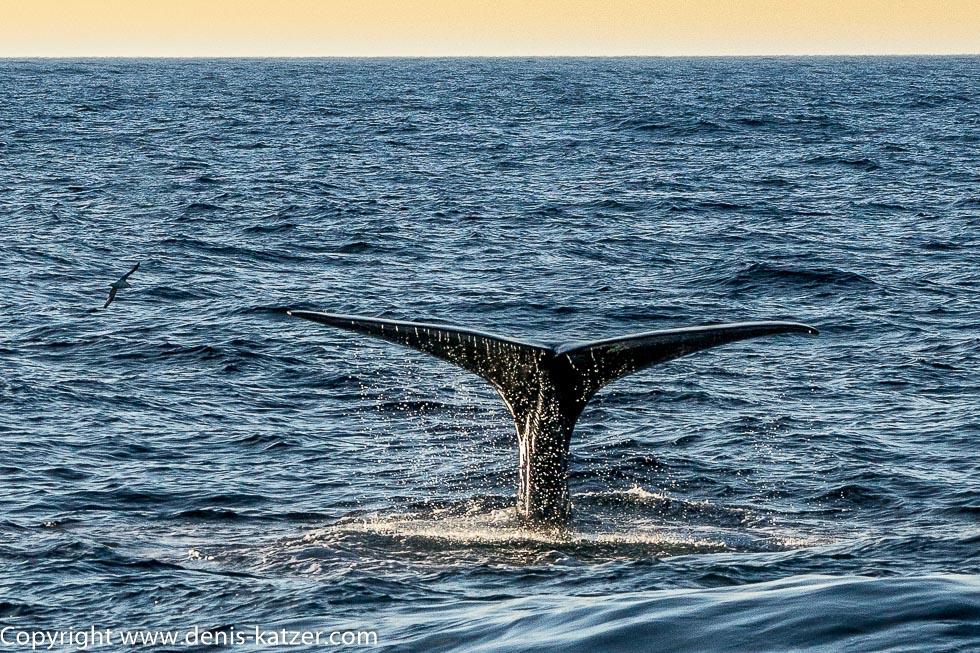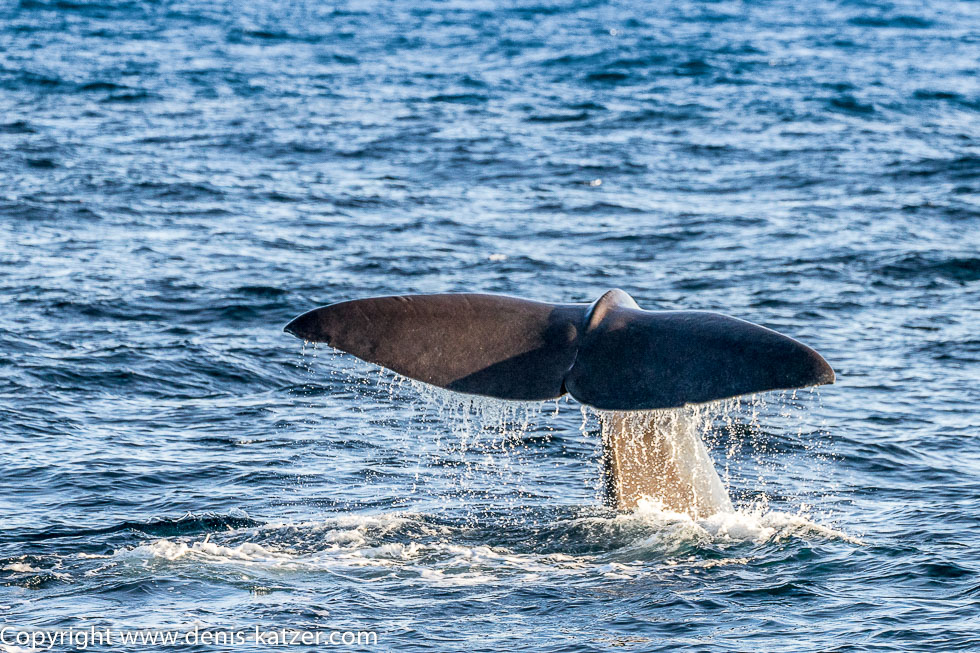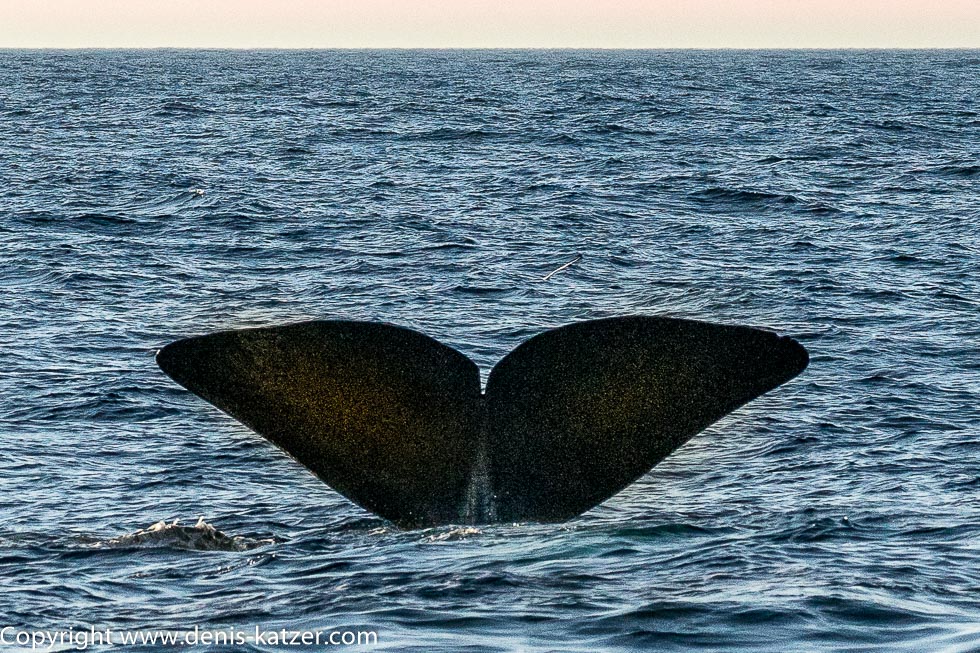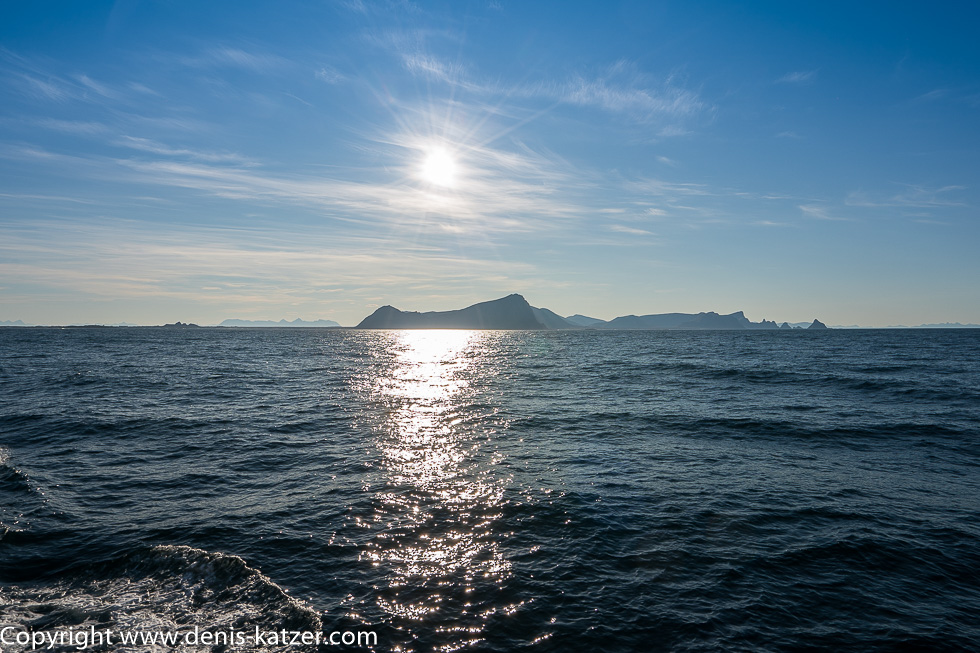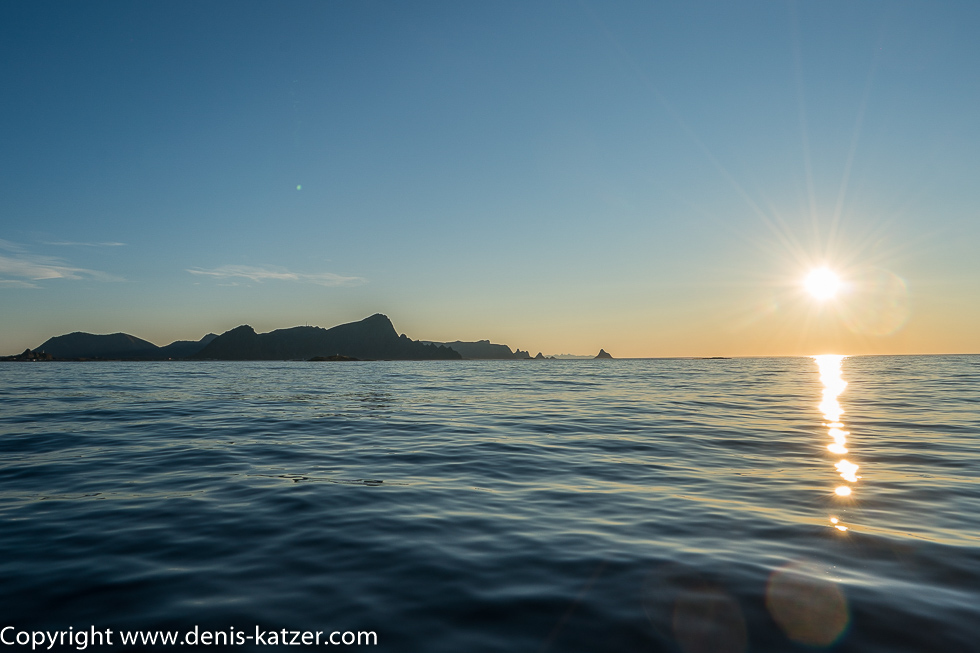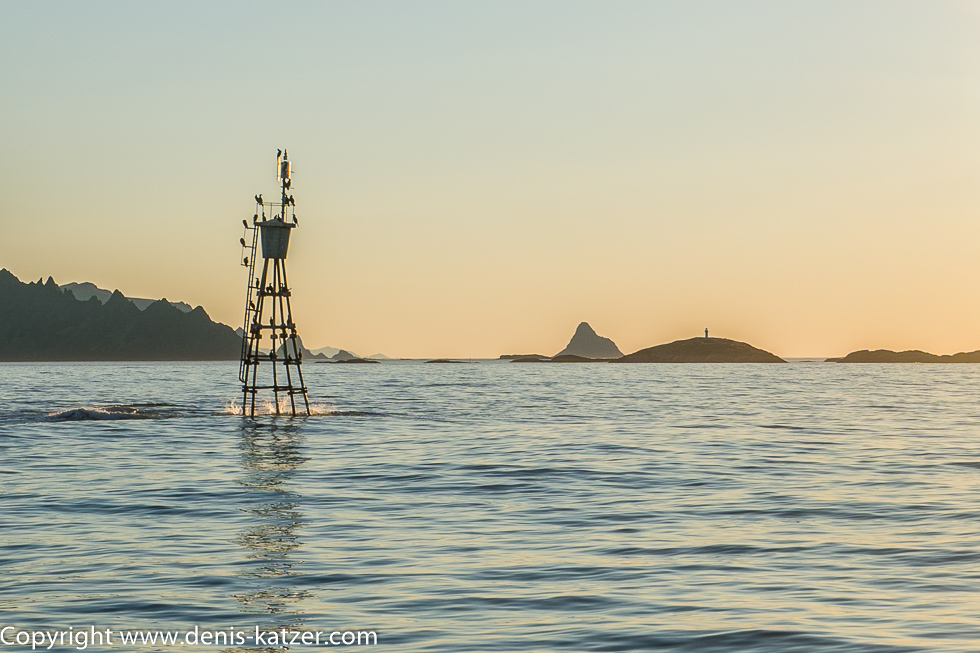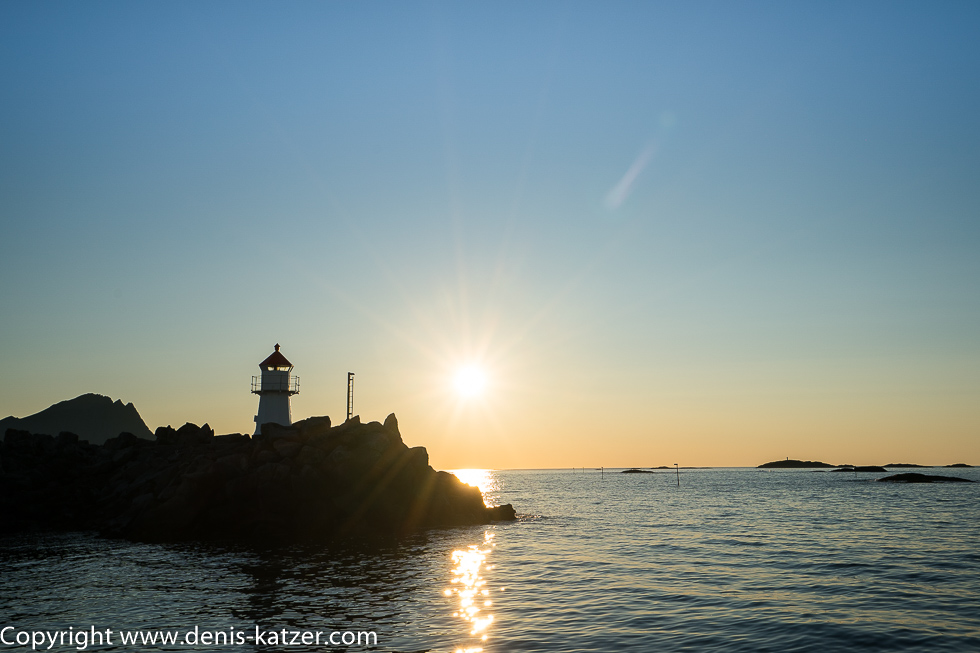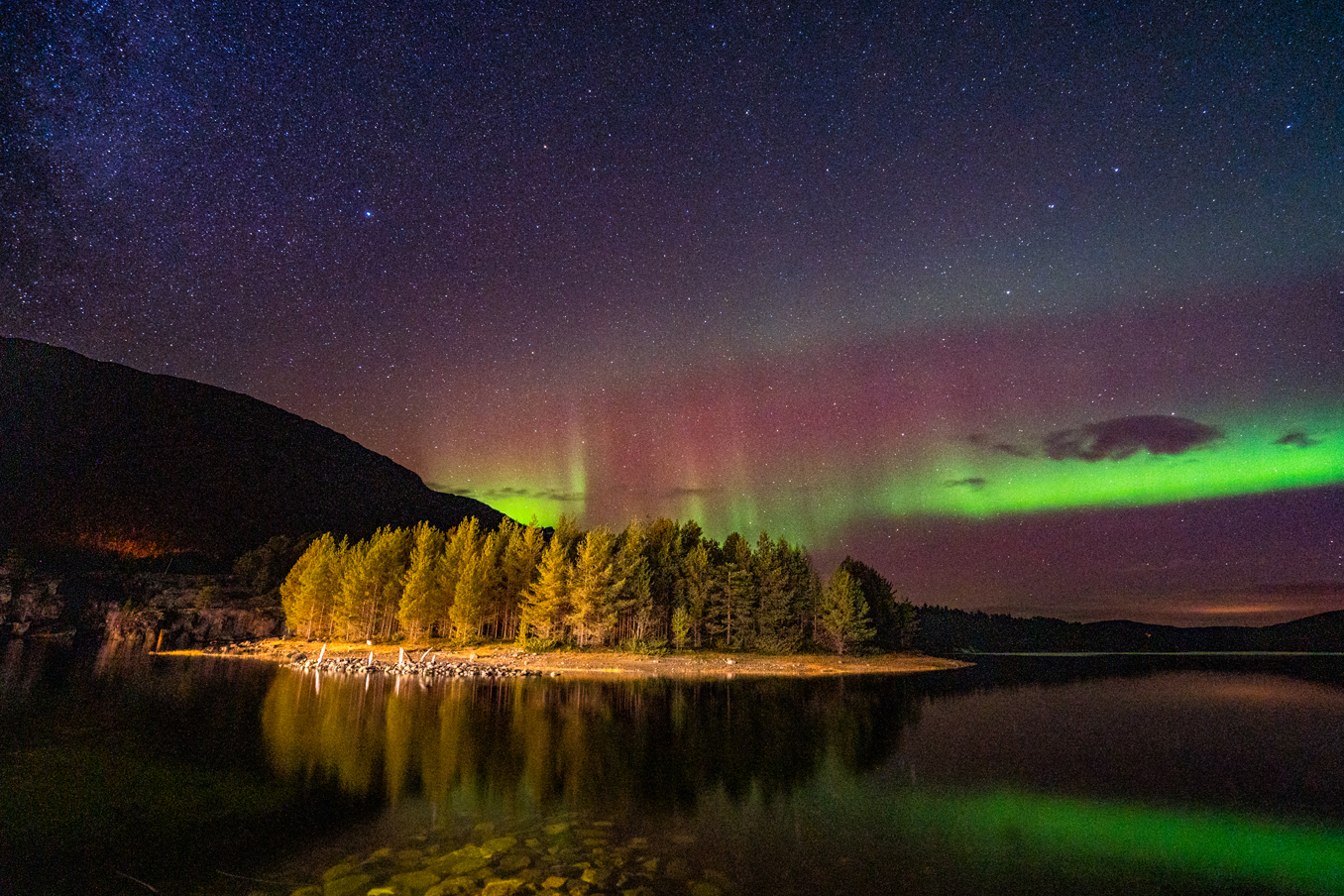
Do whalers deserve to be sent to the bottom of the sea?
N 69°19'28.8" E 16°07'05.7"
Date:
02.10.2020
Day: 061
Country:
Norway
Location:
Andenes
Daily kilometers:
0 km
Total kilometers:
5444 km
Soil condition:
Asphalt
Sunrise:
07:11
Sunset:
18:31
Temperature day max:
14°
Night temperature min:
9°
Departure:
10:30
Arrival time:
18:00
(Photos of the diary entry can be found at the end of the text).
Click here for the podcasts!
Link to the current itinerary
(For more posts click on one of the flags in the map)
On the back of the bobbing whale, I recognize a few humps and spikes on the longitudinally furrowed skin. “What a wonderful, primeval-looking creature,” a thought runs through my mind. Again and again, the huge animal blows its humid breath into the sky. The sight of him has a calming effect on me. I think of Thomas Nickerson, who as a 14-year-old ship’s boy signed on to the 28-metre-long whaling ship Essex, manned by 20 crew members, and witnessed how a sperm whale attacked and sank the Essex on November 20, 1820. Nickerson was one of the five men who only survived the disaster because he and his comrades ate the dead. He was later able to report on the disaster. I look at the mighty beast below us and wonder whether its colleague 200 years ago was fair to man? Is it fair that its species was almost wiped out by us humans in the most brutal way? The fact is that whales are considered particularly intelligent because of their large brains and complex social behavior. So the attack on the whaling ship Essex could have been a planned act of defense. It’s a shame that the whales haven’t banded together to protect themselves and their kin from the arch-enemy, man. In my opinion, every whaler deserves to be sent to the bottom of the sea, because apart from humans, healthy whales have hardly any enemies. Only sick or weak animals need to be wary of orcas and large sharks. It is interesting to me that sperm whale groups encircle their calves and weakened comrades, taking them into their midst to protect them from attackers with their bodies. Researchers have observed that solitary bulls will rush to the aid of a distressed group of females and their young to protect them. It is assumed that the animals warn each other over long distances with their acoustic signals or call for help. It is known that the whalers also harpooned young whales to attract their parents. Who knows if the crew of the Essex did this and the whale bull was just defending his clan?
It is also fascinating that a single animal will act as a shield for a weaker or injured companion, protecting it from an attacking orca with its body or guiding it back into the middle of the group. The school always stays together, even if it sacrifices itself in the process. According to the motto one for all and all for one. “And we slaughter such brothers and sisters of humanity just like that? That’s murder,” I think. People make their own laws that are tailored precisely to them. Even today, it is still permitted to torture animals unpunished and with impunity, to imprison them in terrible mass breeding facilities and to murder them. Considering that rich Japan withdrew from the International Whaling Commission on June 30, 2019 and is currently slaughtering these creatures again on a grand scale, I could tear my hair out. Especially when you consider that around three million whales were killed in the 20th century alone. A figure that is beyond the grasp of the normal mind. Some countries now declare their whaling under the guise of science and Iceland and Norway even engage in commercial whaling. The Norwegian government even subsidizes the decades-long whaling tradition. A catch quota of 1,000 minke whales per year is currently permitted. Even if you think minke whales are quite small, they can grow up to almost 10 meters long.
“Dive!” it calls over the on-board loudspeakers. Torn from my thoughts, I raise the camera to my eye to see the imposing fluke, deeply notched in the middle, which looks like two right-angled triangles lying side by side, rising vertically and disappearing almost silently into the North Sea. “It’s strange that the whales understand the command “Dive” and actually obey it,” says an elderly lady next to me. If I didn’t mind, I would ask if the tourist, dressed in her best outdoor clothing, would like to take me on her arm. But I don’t say anything, sit back down on the wooden bench, pull the warm blanket around my shoulders and stand stock-still. Fortunately, the captain is satisfied with the two whale sightings and steers the M / S Reine back towards the mainland. After more than five hours, the whale excursion boat returns to the small fishing port of Andenes. The sea here is just as smooth as it was this morning. As we disembark, we meet Stefan. “Are you feeling better again?” he asks sympathetically. “Better than out at sea,” I reply. “My wife Nathalie and I would like to invite you to dinner. Would you like to?” “Oh, that’s very nice,” I reply, but I’m not sure if I feel like eating and communicating. “As soon as you have solid ground under your feet, you’ll quickly feel better again,” he says, as if he can read minds. “So at 6:30 pm?” “Okay, I’d love to,” we reply.

